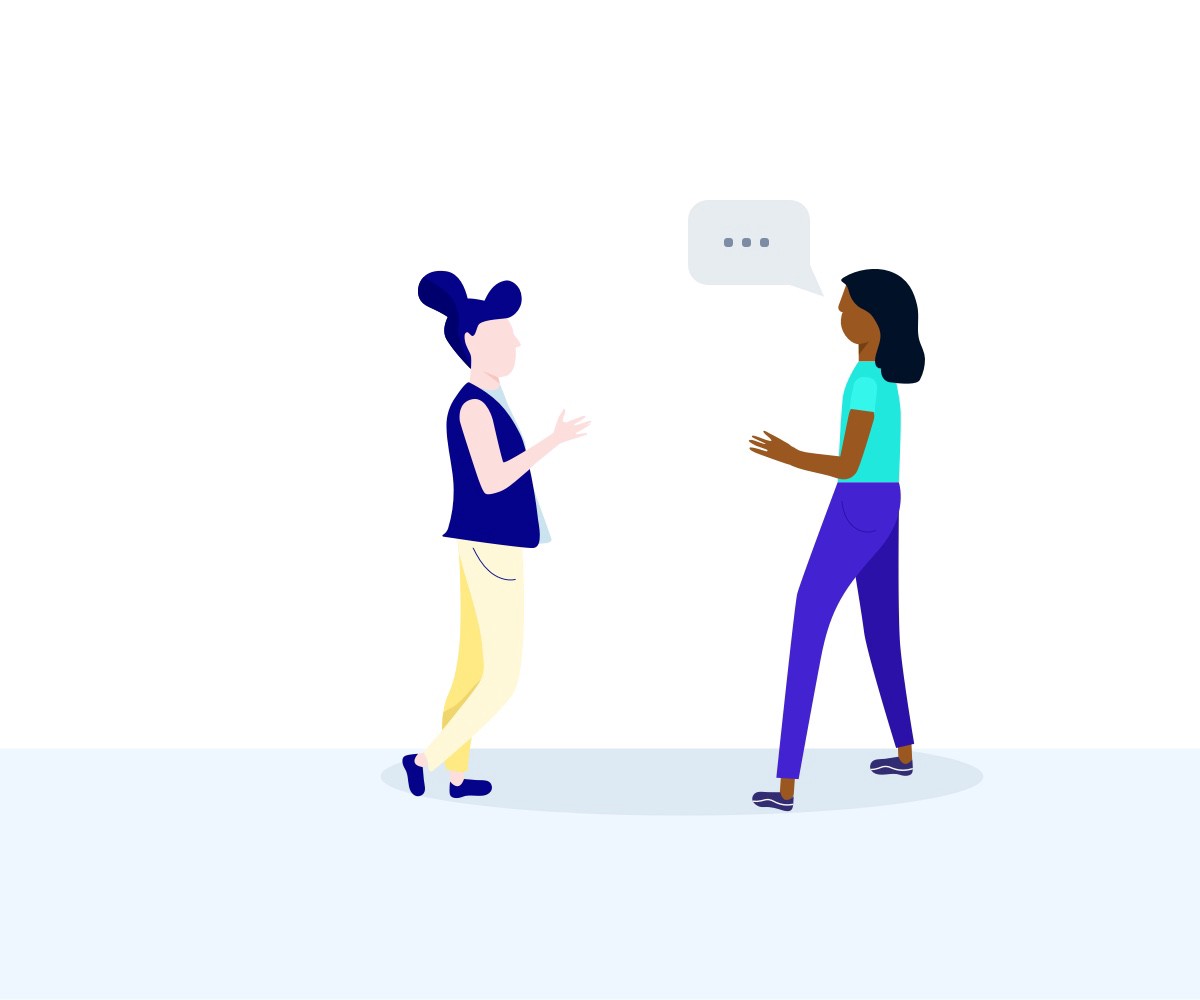Through design research, you deploy interview techniques borrowed from academics, anthropologists, market researchers, and others — techniques that provide clarity into who you’re designing for and what they need from you.
You meet these people. You ask them questions. You take notes. You learn as much as you can about how they think, feel, and act so that you can find ways to help them.
One-on-one interviews are quick and cheap (read: free), but there’s one problem with getting out-of-the-office and talking to real users.
Your Users Aren’t Telling You The Truth
As it turns out, research shows that’s sometimes not the case. That’s not because they’re liars, but because human memory is extremely fallible; sometimes, people “remember” things inaccurately or things that never actually happened.
Contextual inquiries or ethnographic studies, where you immerse yourself into the participant’s “natural habitat,” help you observe what people actuallydo, rather than what they say they do.
However, these studies can be very difficult to coordinate most of the time, especially, when time and budget are often constraints.
That said, although the qualitative data gathered in interviews is sometimes unreliable, it’s still better than no data at all.
From my experience conducting user interviews, there’s one trick that helps me ensure that the data is more honest, accurate, and uncovers rich insights for innovative design solutions:
Fight the Temptation to Fill Silences
It’s best to throw conventional social cues out the window during one-on-one interviews. In everyday conversation, silences or long pauses are indications that it’s someone else’s turn to speak.
In user interviews, those silences are where the magic happens.
When you ask a research participant to recall how he or she completed a certain task or to describe a specific routine, the initial response can be useful — but is usually only scratching the surface. People talk in paragraphs; after completing one part of an explanation, they need to pause, breathe, and organize their thoughts while the other person begins his or her response.
When research participants feel the pressure of this extended silence without a response from the other person, he or she will often fill it themselves in surprising ways — offering up extra information or clarifying what they just said with more depth and accuracy.
If you rush with your questions, you risk losing new, deeper, and more honest information. Even when you think that a full answer was given, bite your tongue and wait.
Count to 10 Before Asking a Follow-up Question
This timeframe is often the moment when some hidden and unique thoughts occur in the participant’s mind. It will feel painfully uncomfortable — 10 seconds of silence in conversation feels like eternity sometimes.
Beyond just being awkward, slow responses in conversation can be perceived as ill-mannered or even make the participant feel like he or she is being judged. If the participant has been gracious enough to give you an hour of his or her time, imposing unexpected stress is just downright unfair.
One way around this is to give warning upfront. Begin the interview with a few minutes of small-talk as a warmup to make the participant feel comfortable. Then let he or she know explicitly that you’re about to begin:
OK, let’s get started, I’m going to ask you a few questions about your experience with [X]. There’s no wrong answers, so feel free to respond with whatever comes to mind. Also, in-between questions, I’m going to give you some time between follow-up questions to think, even after you’ve fully responded. It might feel a bit awkward, at first, but it will be helpful.
If you can get used to this style of interviewing — getting comfortable with being uncomfortable — it will be well worth it.
—
This article originally appeared here.

